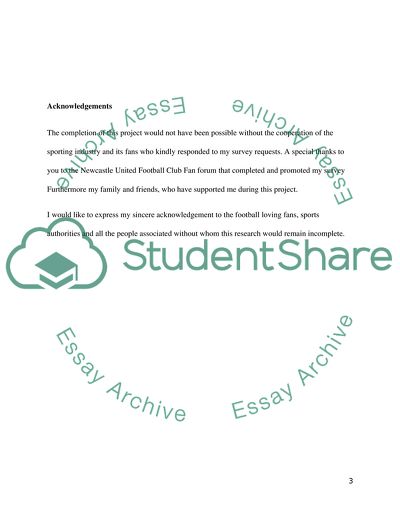Cite this document
(“Football League alls for Safe-Standing Areas in Championship Research Paper”, n.d.)
Football League alls for Safe-Standing Areas in Championship Research Paper. Retrieved from https://studentshare.org/education/1831799-edit-dissertation-update-spss
Football League alls for Safe-Standing Areas in Championship Research Paper. Retrieved from https://studentshare.org/education/1831799-edit-dissertation-update-spss
(Football League Alls for Safe-Standing Areas in Championship Research Paper)
Football League Alls for Safe-Standing Areas in Championship Research Paper. https://studentshare.org/education/1831799-edit-dissertation-update-spss.
Football League Alls for Safe-Standing Areas in Championship Research Paper. https://studentshare.org/education/1831799-edit-dissertation-update-spss.
“Football League Alls for Safe-Standing Areas in Championship Research Paper”, n.d. https://studentshare.org/education/1831799-edit-dissertation-update-spss.


